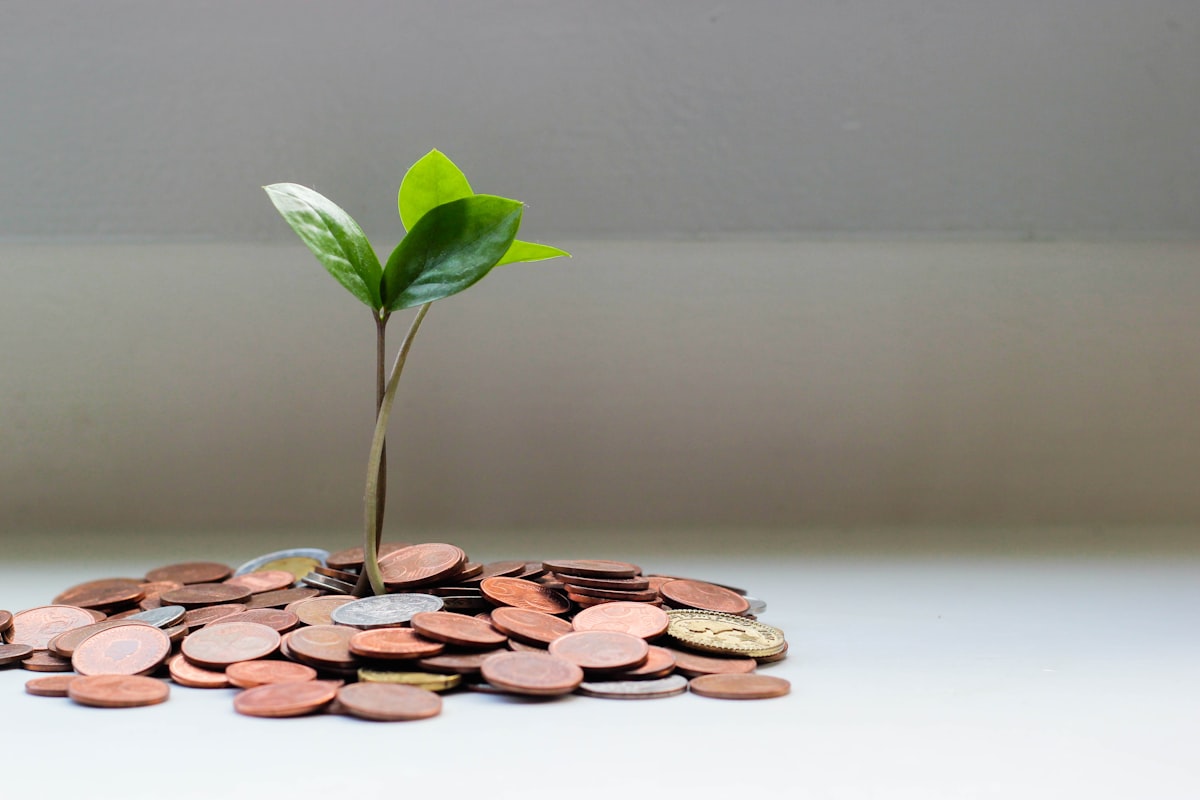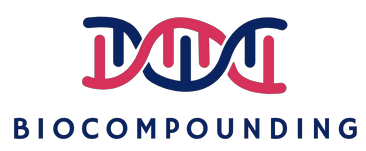What You Need to Know About Growth Investing & Two Potential Metrics to Use

There are different investing styles that individuals can adopt, and each has its own advantages and disadvantages. The most important thing for us to do is to pick an investing style that we feel most comfortable with. That’s how we can sleep soundly at night.
The different investing styles I am referring to are: income investing, growth investing, and value investing. In this article, I will be focusing on growth investing.
Growth stocks – what growth investors look for – are typically the riskiest. Growth stocks are perceived to have a long runway for growth in their businesses, and they don’t come cheap when analyzed by traditional metrics.
They tend to have high price to earnings (P/E) ratios and low dividend yields (most times no dividends), but growth investors believe that these companies will be able to grow their businesses rapidly over time.
The idea is that a growth stock’s high rate of future growth makes it seem cheaper than it appears right now. It’s also worthwhile noting that many growth stocks have a nonexistent P/E ratio – this is because they are still loss-making, or aggressively reinvesting their earnings back into the business.
So what metrics should an growth investor use when analyzing a company?
Here are two potential metrics to consider.
Price to Sales (P/S) Ratio
For companies without earnings, the price to sales (P/S) ratio can be used as a valuation metric instead. It is calculated by dividing the company's market capitalization by its revenue.
Price-to-sales ratio =
Market Capitalization/ Revenue
There are many examples of high-growth companies that have negative or minimal earnings. This could be because they haven't turned profitable or they are reinvest heavily into their business to drive growth.
One good example is Shopify, who is aggressively growing its business to capture market share. This makes it necessary for growth investors to have patience as delayed gratification involved.
If a company is reinvesting heavily into its own business, and thus reporting negative earnings. This is because of accounting regulations. In such a case, investors might want to use the free cashflow metric to more accurately value the company or can use the P/S ratio. A good example of this would be Amazon.
Forward P/E ratio
The second metric that could be used for valuing growth stocks is the forward P/E ratio. The forward P/E ratio is calculated by dividing a stock’s price by an estimate of its earnings per share over the next 12 months.
Forward P/E ratio =
Current share price / Forecasted Earnings Per Share
The forward P/E ratio always investors to make an informed decision about the right price to pay for the business today based on its potential growth prospects. In growth investing there is a saying:
Short term expensive, long term cheap
What this means is that, while a company looks expensive at this point in time - because of its high growth rates, in the longer term its current price is actually cheap.
Wrapping it up
One key risk that growth investors should be cognizant about is the over-optimism about a company’s growth prospects. This means that if estimates of a company’s future earnings are too aggressive, investors will end up overpaying for the stock.
Having looked at what the growth investing style entails, investors should keep in mind that an investing style should be chosen based on individual preferences. This is important to ensure that an individual can stay invested over the long-term without falling prey to emotional mistakes.
If you like our article, please subscribe to our newsletter to receive the latest articles directly in your inbox.
Disclaimer: All opinions shared in this article are the opinions of the authors and do not constitute financial advice or recommendations to buy or sell. Please consult a financial advisor before you make any financial decisions.





Comments ()